One of the advantages of studying at premier tech institutes such as the International Institute of Information Technology, Hyderabad lies in the immense scope it provides for interdisciplinarity. Masters student, Tarnpreet Singh Gill at the Earthquake Engineering Research Center should know. Although studying Computer Aided Structural Engineering (CASE), where advances in structural engineering and computer science are used to make structures earthquake resistant, and to serve the intended purpose for which they are built, Tarnpreet could also opt for a course in Remote Sensing owing to his interest in that field. Planetary research being his first love, it comes as no surprise that he chose to work on ‘Age Detection of Moon Minerals Using Crater Counting Techniques’.
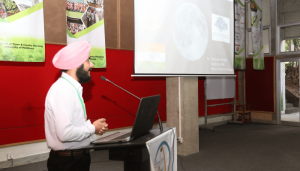
Free and Open Source
Tarnpreet Gill is just back from the FOSS4G-Asia 2018, Sri Lanka, (a conference on Free and Open Source Software for Geospatial) which aims to foster sustainable development and promote the widespread use of Open Source Geospatial Technologies including support for software development, publicly available Geo-data and applications. He won the Best Paper Presentation Award there in the general track category for his paper on ‘Age Detection of Moon Minerals Using Crater Counting Techniques’. This year’s conference theme was ‘Open Source For Sustainable Development’. The conference itself had a host of sustainable initiatives ranging from no printed conference proceedings to no plastic water bottles, even exhorting the participants to ‘plate according to appetite’ during mealtimes and to consider taking the stairs in lieu of the elevator in case they were alone.
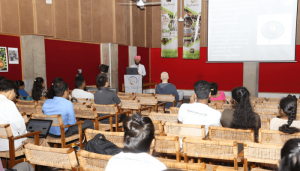
Lunar Crater
Thanks to India’s first unmanned mission to the moon, Chandrayaan-1 which had the Moon Mineralogy Mapper onboard, geological data of the moon has been made available to researchers for further exploration of the lunar surface. Tarnpreet’s work chose to focus on estimating the age of a crater known as the Wegener crater, on the far side of the moon. Using a combination of statistical data as well as a Build model to estimate age and degradation of the crater, the study observed the age of Wegener crater to be 4.8 billion years.
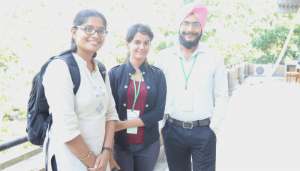
CASE Study
Tarnpreet, who worked under the supervision of Dr. Rama Chandra Prasad and PhD scholar Salghuna Nair of the the Lab of Spatial Informatics, says,” My interest in the field of planetary research grew while working on the project. The conference itself was a great experience for me where I met some eminent personalities.” It is noteworthy that there was another independent paper presentation on ‘Analogous Study Of Moon With Respect To Earth’ by Keertana, a student of CASE. In response to whether he will further his interests in planetary research, Tarnpreet nods, stating that he’s exploring the possibility of a PhD in London. “In fact, the same work can be extended to Martian (Mars) research,” he says excitedly.
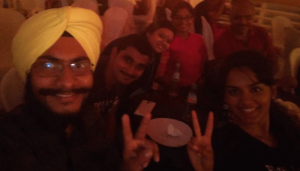


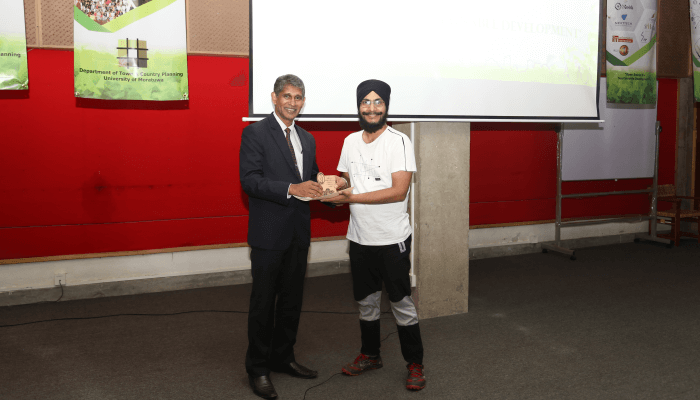
Proud of you TPS GILL
Swarnjit singh says: